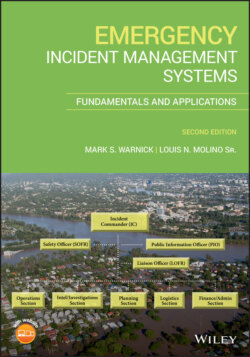Читать книгу Emergency Incident Management Systems - Mark Warnick S., Louis N. Molino Sr - Страница 26
1.4.7 Command Based on Home Rule
ОглавлениеWhenever a major incident required multiple agencies, and a command structure was actually implemented, the jurisdiction in which the incident occurred would regularly attempt to fill all command positions with their personnel. Rarely was there a way to establish any type of leadership using individuals from the other agencies that were represented. On the surface, this seemed like a promising idea; however, there were often people in other agencies that had advanced qualifications and/or experiences dealing with the issue at hand, and their expertise was not utilized. Rather than using these experienced and qualified individuals to help mitigate the situation (by placing them in some type of leadership role), they were time and again utilized in undertaking manual labor. This essentially wasted that specialized talent they had. Ironically, that specialized talent probably would have made working conditions substantially safer, and the incident could have potentially come to an end quicker if those talents had been effectively used.
Beyond the command issue, the mentality of home rule also failed to take into consideration of creating liaisons between the home agency and the mutual aid organizations. In most instances, a liaison would be familiar with the command structure, the equipment, the qualifications, and the expertise of the mutual aid organization. A lack of ensuring a working relationship with a single person tasked for liaising between agencies often created more contention between agencies, and it usually added to the overall confusion on a major incident.
